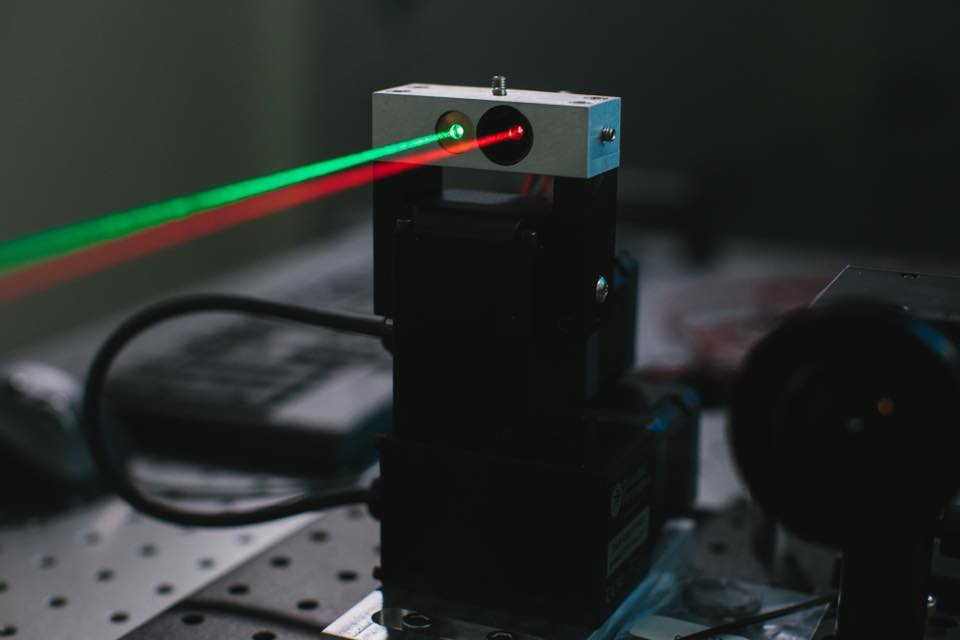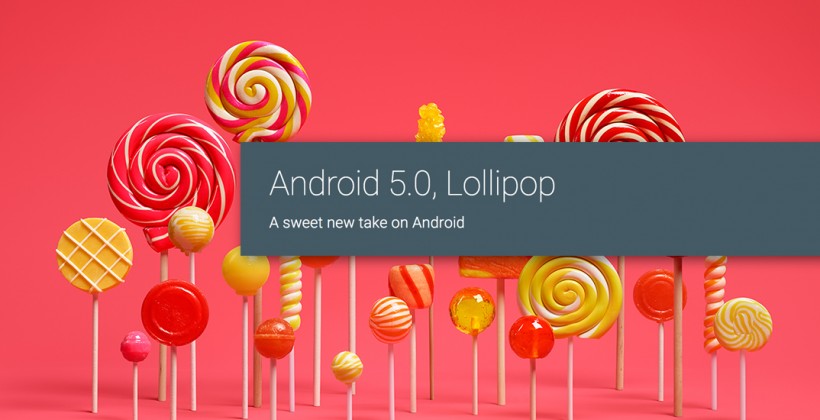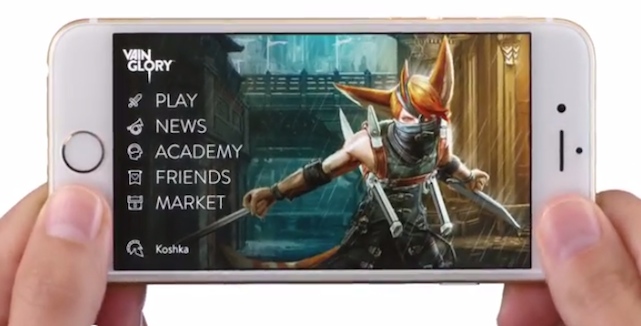Facebook is leaving no stone or technology unturned in its quest to bring the internet – or atleast the Zuckerberg-approved version of it – to remote areas in developing and underdeveloped countries. While barebones apps like Facebook Lite represent the simpler and easier methods, bringing the web to the next billion people on the planet will require some pretty radical thinking.
Like lasers and unmanned drones.
In a post on Facebook a few days ago, Mark Zuckerberg confirmed rumors that it is considering a drone and satellite fleet to connect users in developing countries, showing off a “laser communications system” that the company’s Connectivity Lab is working on to beam data from the sky. Zuckerberg said the system “dramatically increase the speed of sending data over long distances.” A few months back, Zuckerberg confirmed that they had completed their first test flight of their drone, which will reportedly have a larger wingspan than a Boeing 737 (102 or 138 feet, depending on the model), and weigh less than a car.
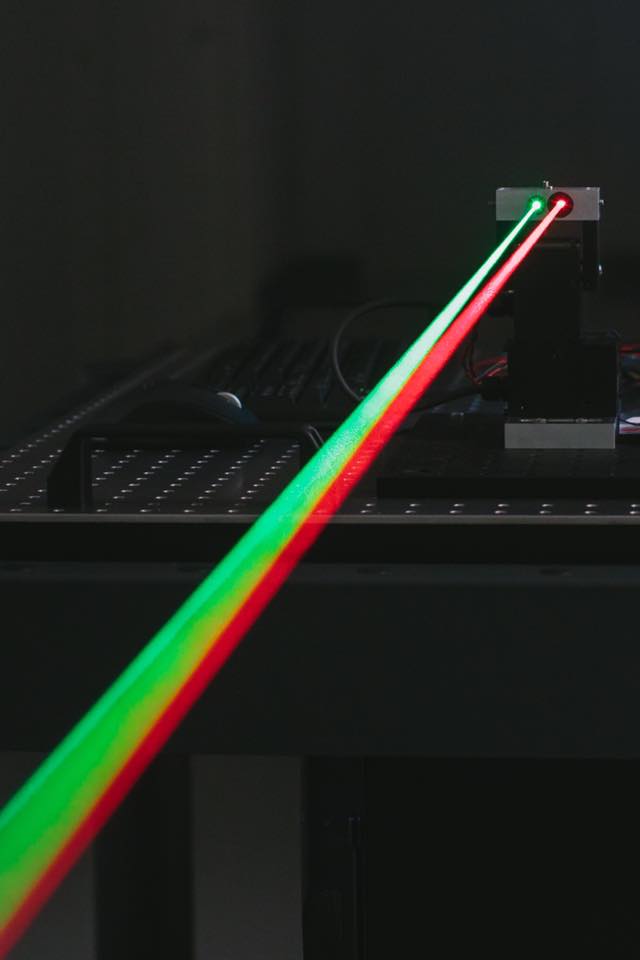
Lasers, of course, aren’t just useful for burning things as commonly depicted in sci-fi blockbusters. These concentrated beams of light can also be used to transmit data at speeds faster than radio signals and with less degradation along the way. Of course, the lasers will be completely invisible, and hopefully harmless. The colors in the press images here are all just for show.
The cost of the lasers-in-the-sky system will be high, but only a fraction of the expense of building landlines around the world. There’s also the matter of getting satellite stations installed in remote areas to consider, but that’s doable with current technology. Facebook wrote “the lasers used in FSO systems provide extremely high bandwidths and capacity, on par with terrestrial fiber optic networks,” but also noted the lasers need to be precisely calibrated and “require line of sight between both ends of the laser link, meaning that they don’t work through clouds and are very vulnerable to bad weather conditions.”
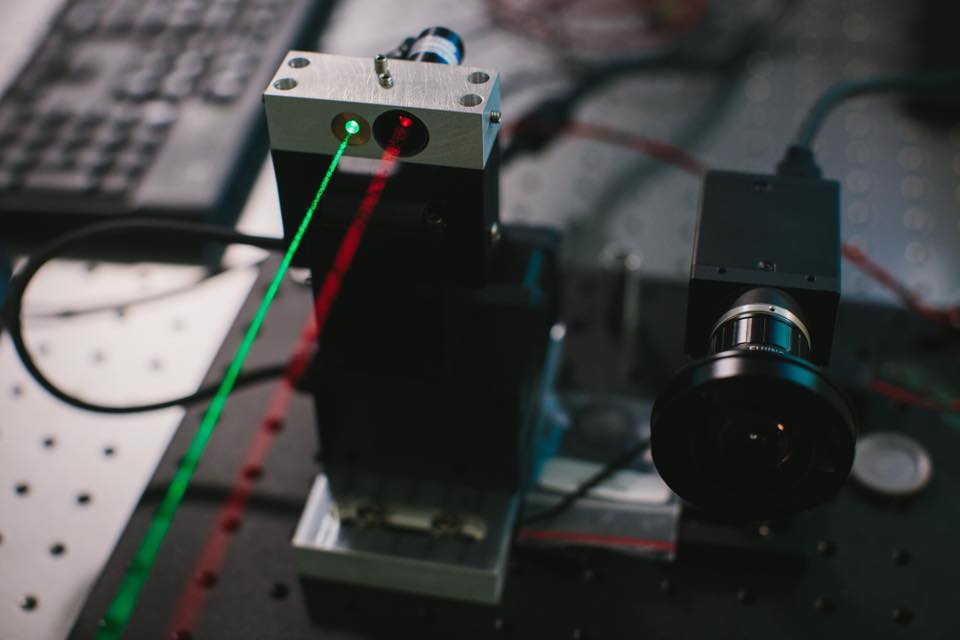
No date has been given for the laser communications system’s deployment, and Zuckerberg did say that other connectivity options are being considered.

